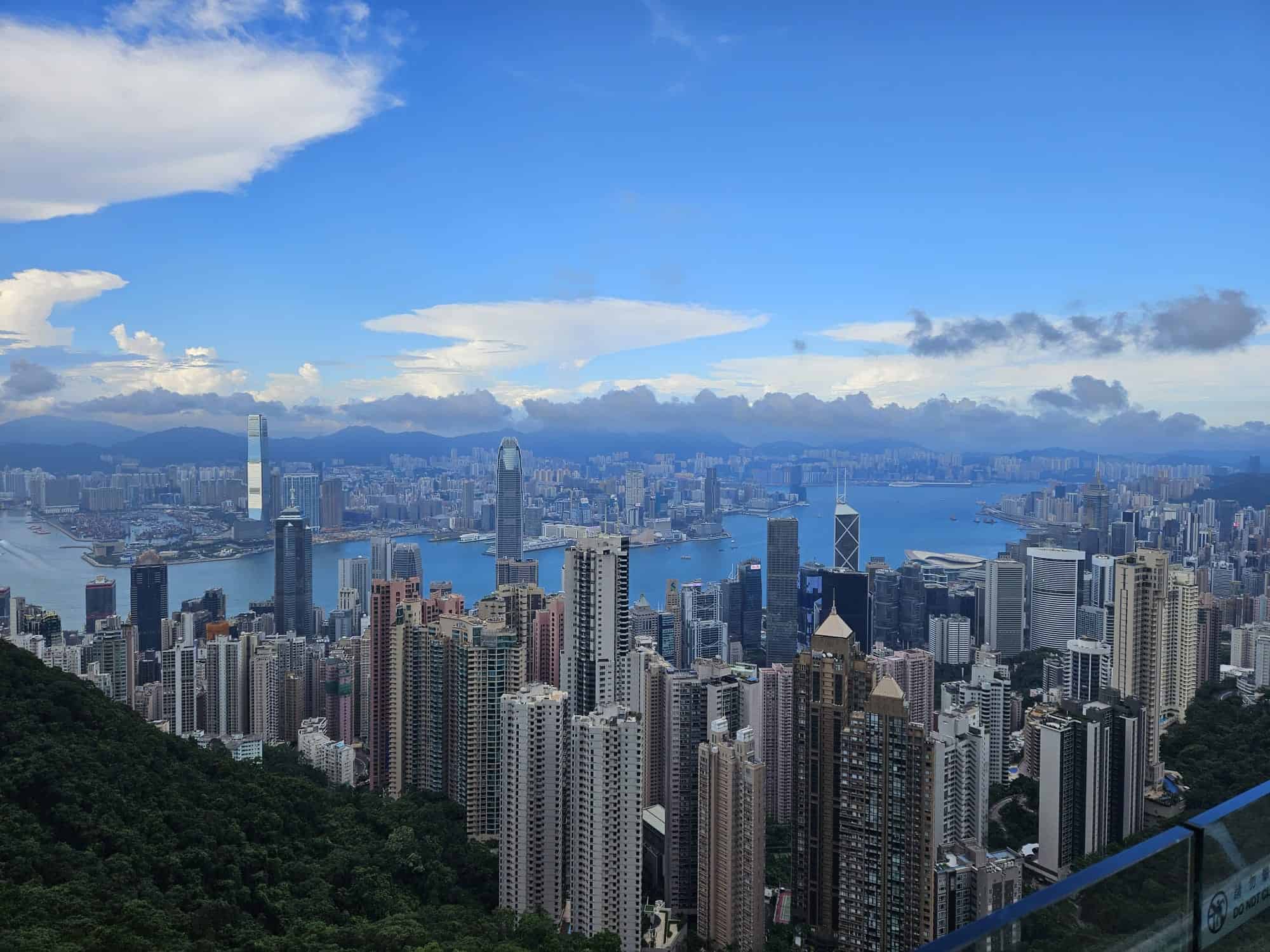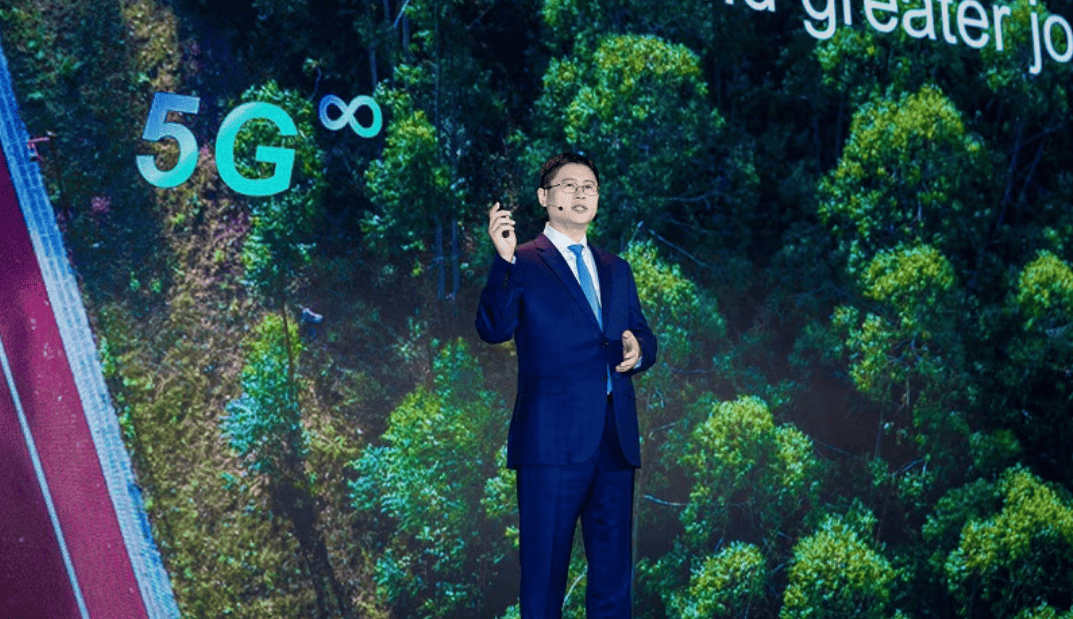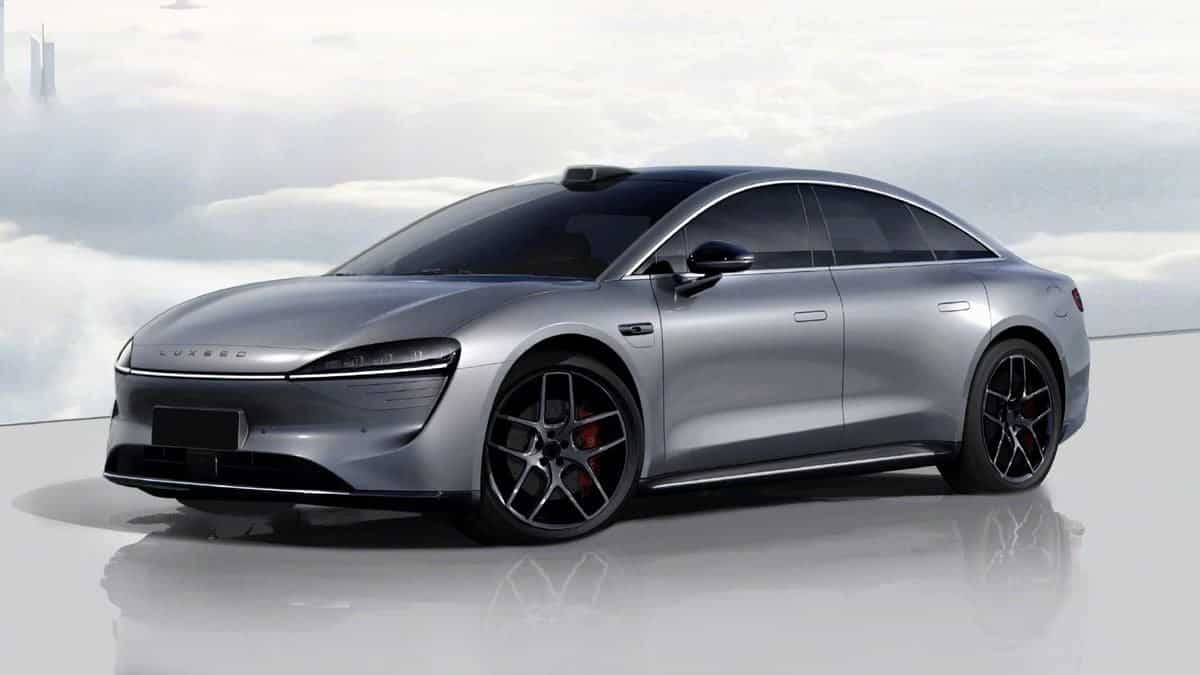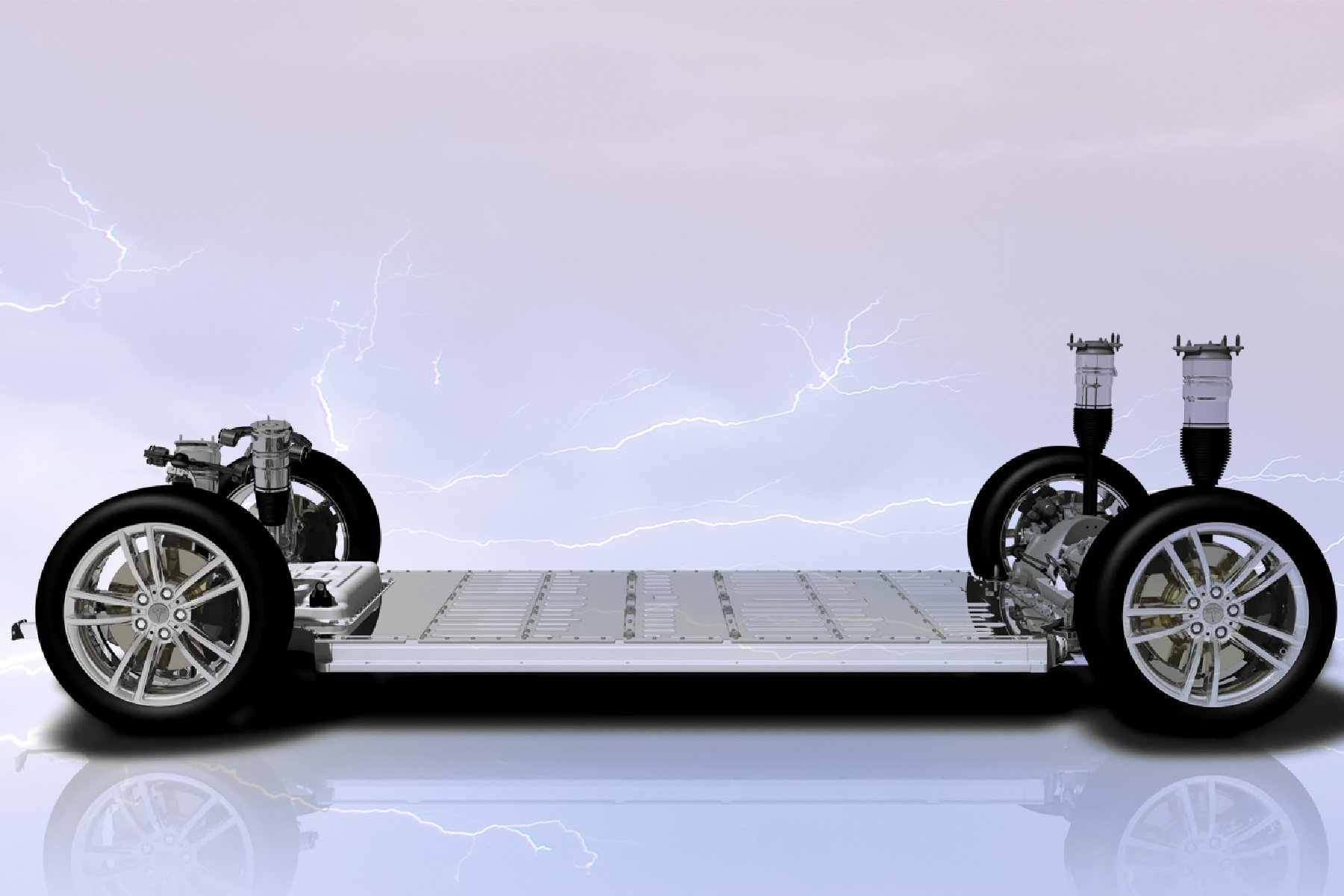
While our passports are being checked and phone calls are being made back and forth (after all, without an official press request, you can’t just enter anywhere in China), our guides update us. Both say they want to remain anonymous (again, due to the absence of a press request).
BYD (Build Your Dreams) was founded in 1995 as a manufacturer of batteries and accumulators, mainly for phones. Twenty years ago, it began producing cars, buses, and trucks. It also develops components for smartphones and tablets (for example, fifty percent of an iPad components are BYD’s).
- BYD was founded in 1995, started with batteries, and is now leading the Chinese EV market;
- The automaker has an 11 percent market share in the Chinese market;
- With cheap(er) models, the company is hot on the heels of Western market leader Tesla.
After a half-hour wait, we are given the green light; we pass the barriers, cameras, and security guards and enter the headquarters of the Chinese automotive giant. The 2.3 km² site employs 60,000 people (10 percent of the total 600,000 employees). Thousands of them live on campus; a self-built Skyrail nearly five kilometers long facilitates commuting. On our way to the exhibition hall, we join the workers who have just finished their night shift, taking the monorail home. The size and appearance of the headquarters leave nothing to the imagination: the EV market in China is about to explode, and BYD is the leader.
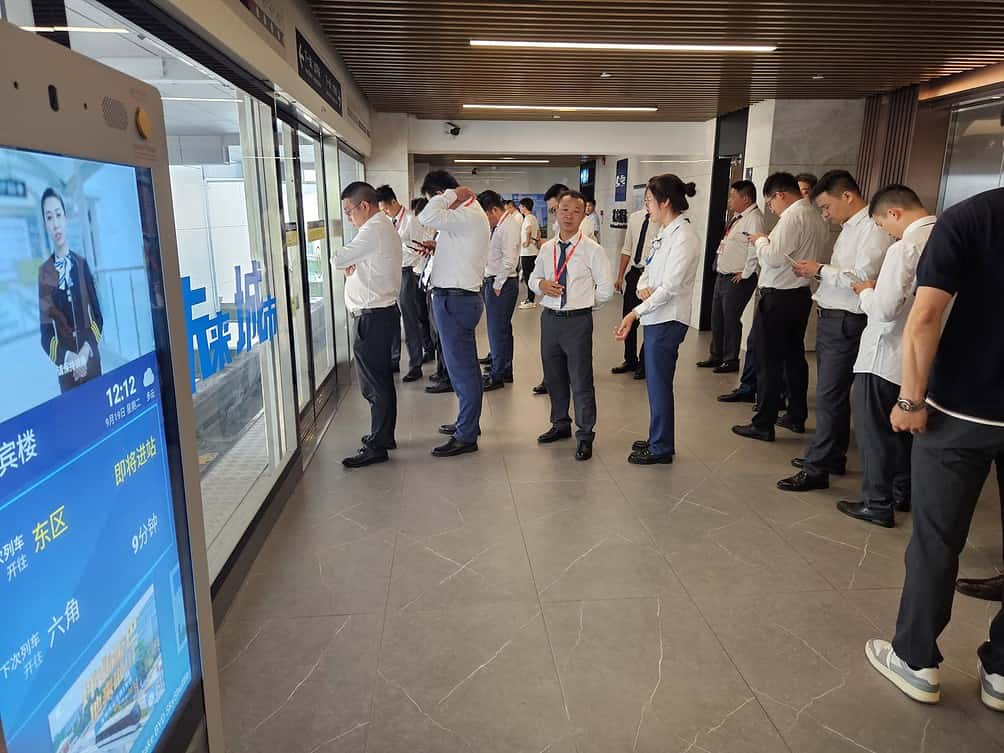
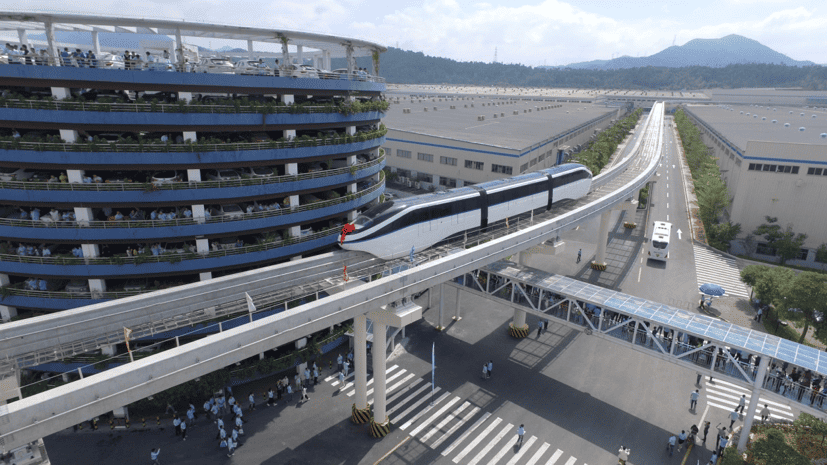
China: booming EV market with BYD leading the way
In China, 94 brands together produce some 300 models of electric cars. BYD is the biggest player, with 11 percent of the total market. This summer, the five millionth car rolled off the production line, BYD’s profits in China grew 400 percent last year, and the top four best-selling cars in China consist exclusively of BYD models (the Qin Plus, Song, Dolphin, and Yuan Plus).
Tesla Model 3 vs BYD’s Dolphin
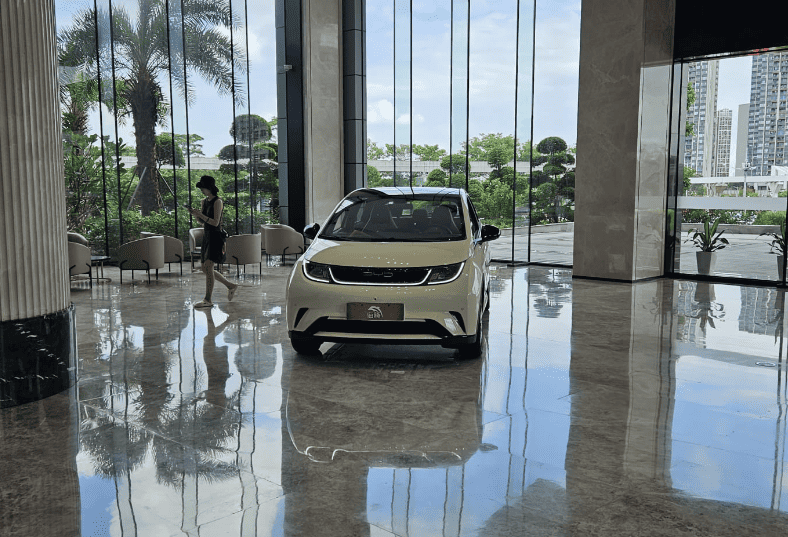
Chinese EV manufacturers are increasingly taking the European market, too. In 2021, four percent of full-electric cars sold in Europe came from China. The following year, the percentage doubled to eight percent. The number is steadily moving toward market leader Tesla (15 percent).
A Bloomberg headline last week says it all: “Tesla sales drop puts BYD closest to global EV crown ever”. Both BYD and Tesla sold more than 430,000 all-electric cars last quarter. Especially with models like the family car Dolphin – available from next year starting at 30,000 euros – BYD is giving market leader Tesla a hard time. With a consumption of 11 kWh per 100 km (according to European figures, 15.2 kWh per 100 km) and a range of 400 kilometers, it is among the most efficient EVs on the market. The model was created within eighteen months – most European carmakers easily take four years.
“This process is insurmountable in a market like China, which is hugely competitive,” said Stella Li, ceo of the U.S. branch of BYD, in an interview she gave earlier this month during the presentation of the Dolphin in Brazil. She exuded self-confidence. BYD wants to offer customers, at a favorable price, something extra both in interior design and technological innovations. In addition to the Dolphin, the Seal will soon come to Europe, where the Atto 3, Tang, and Han are already available.
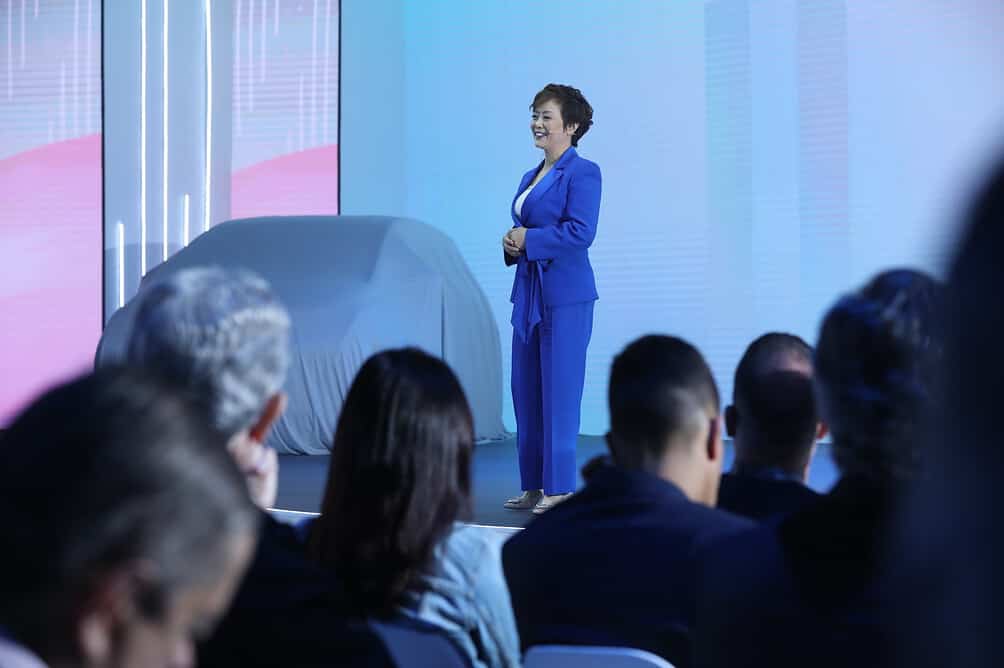
(Un)dependent
“Except for the windows and tires, we produce everything ourselves,” our guide continues the tour of the exhibition space. This is where BYD most strongly distinguishes itself from other car brands. In addition to cobalt-free battery packs (which it also supplies to Tesla), it also produces air conditioners, and telematics for cars.
However independent the supply chain may be, geopolitics put relations on edge in late September. Ursula von der Leyen announced she was investigating unfair competition from “heavily subsidized” carmakers. The EU says it has evidence that this is due to state aid. Brussels also says it is concerned about alleged forced labor in the Chinese battery industry. The investigation could possibly result in an increased import tax. France has already announced it will introduce new financial incentives for the purchase of European EVs starting next year.
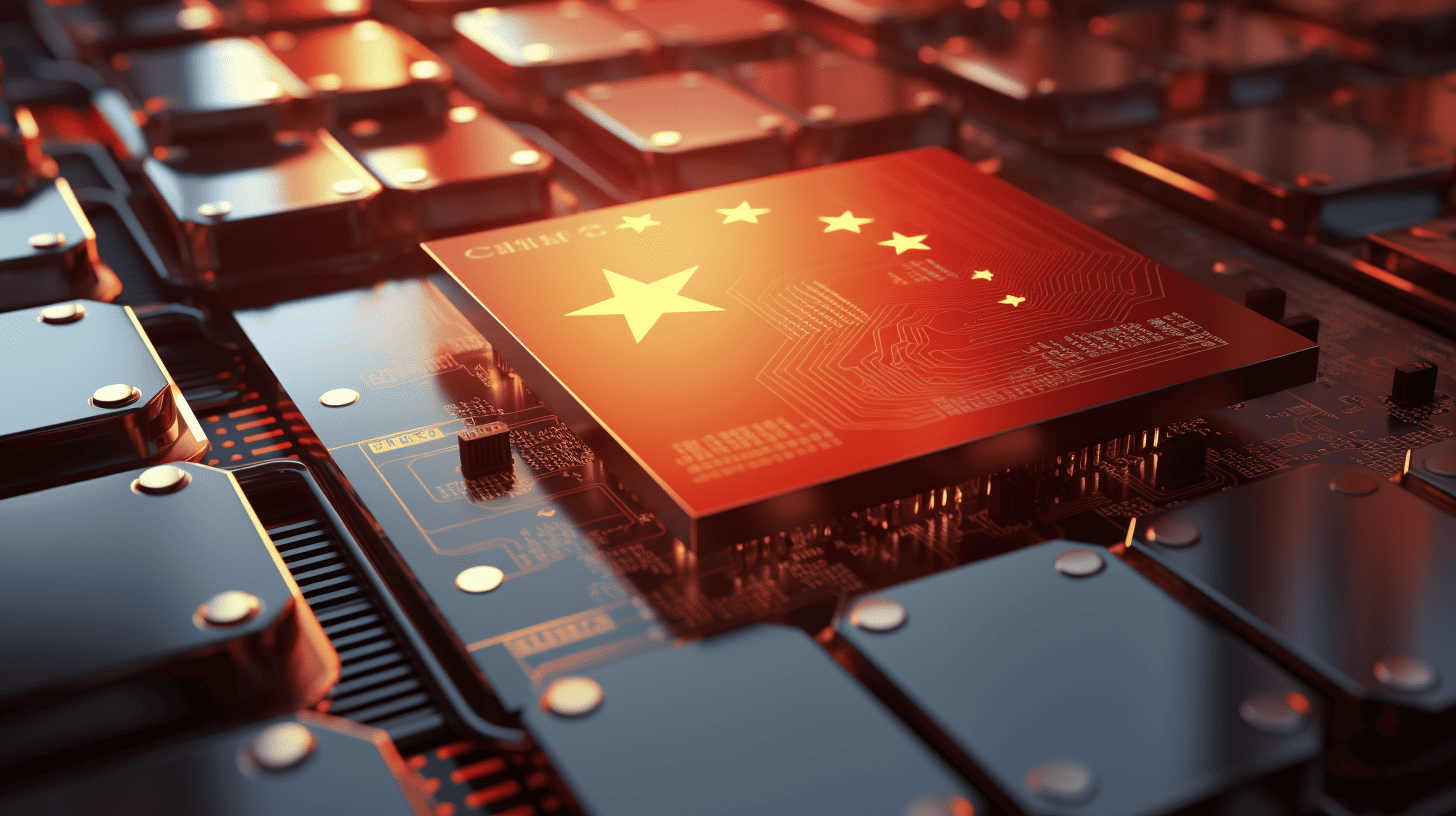
Unfair and protectionist
The Chinese government considers the EU measures “unfair and protectionist.” It says China can offer cars at a competitive price because it has its own supply chain, high productivity, cheaper labor, and people work longer hours, according to the Chinese passenger car association PCA. Our guide would not comment on the situation but does mention that BYD has been engaged in battery production for years and that China has plenty of raw materials available.
After chips and solar panels (of which Chinese models provide record power output), the EV market seems to be the latest field in which Western countries and China are fighting their trade war. With a market of 1.4 billion Chinese versus 746 million Europeans, any counter measures from the Chinese government will have a significant counter effect for European companies.
For now, the Chinese automotive giant is preparing to storm the European market. Hungary is home to a large BYD passenger car plant; the automaker will announce a second production site in Europe later this year. Moreover, it is looking beyond Europe: BYD plants are located in Thailand, Brazil, and Uzbekistan, among others.
The visit to BYD confirms the impression we got from Huawei. Both Chinese giants invest heavily in R&D, developed a (largely) independent supply chain, and have ambitions that extend far beyond China’s borders. BYD too, is growing wings that keep flying (or driving) under all conditions.
